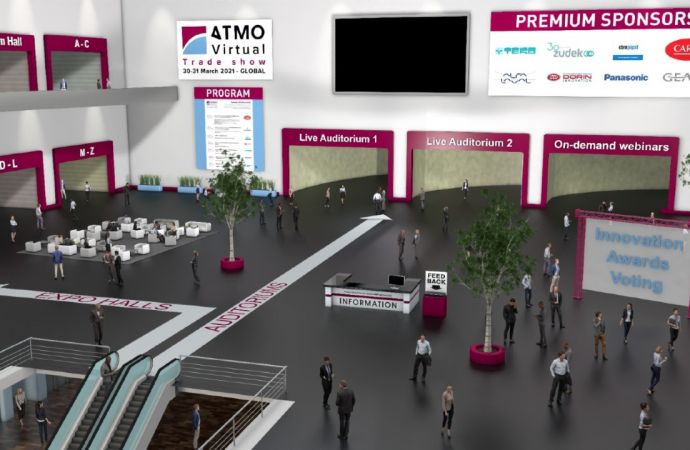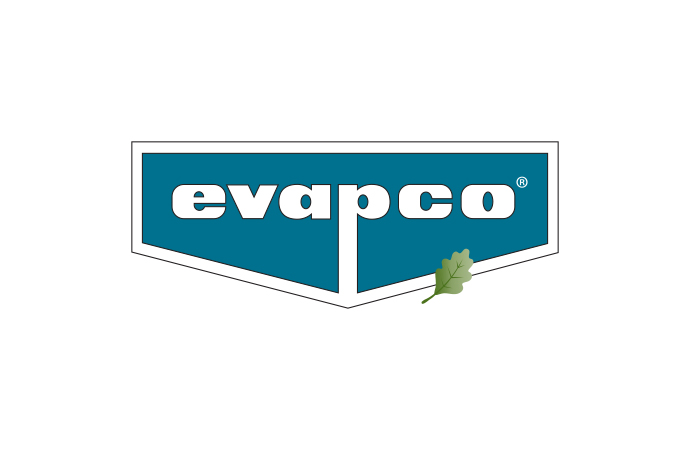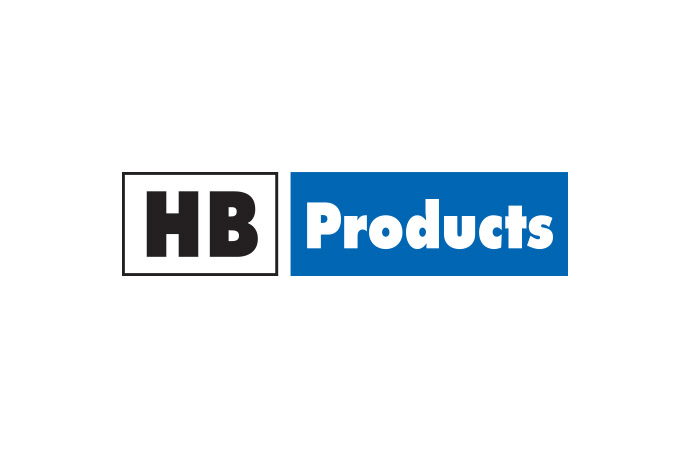At the 2012 IIAR Industrial Refrigeration Conference, Kraft Foods reported on the application of an ammonia heat pump to capture the rejected heat and reuse it to provide water heating at its food processing facility in Davenport, Iowa. Kraft Foods outlined the benefits the company measured after the system was implemented. Other technical papers addressed crucial topics for a wider and safe application of ammonia such as charge minimisation.

Technical papers presented at this year’s IIAR Industrial Refrigeration Conference addressed a multitude of topics and ammonia applications, from charge minimisation to case studies with ammonia heat pumps in food processing plants for waste heat recovery or opportunities for using ammonia in buildings with public access.
Kraft Foods: $250,000+ operating cost savings per year thanks to NH3 heat pump
The paper titled ‘Sustainability in Practice: An Ammonia Heat Pump Case Study’ by Sam Gladis and Mark Stencel of Vilter and Don Stroud of Kraft Foods (US), details the development, design, installation and operation of an ammonia heat pump system to capture the rejected heat and reuse it to provide water heating at a Kraft Foods food processing facility in Davenport, Iowa. The paper outlines the benefits the company measured after the system was implemented.
The installation was completed as an addition to an existing industrial ammonia refrigeration system. The heat pump has been estimated to provide an average heating capacity of 7.013 MMBtuh (2,056 kW), heating 170 GPM (38.6 m3/h) from 62.5°F (16.9°C) to 145°F (62.8°C). A solution of 10% propylene glycol (with corrosion inhibitors) and water is circulated between the ammonia heat pump system and the heat supply side of the plate and frame heat exchanger. This solution is pumped via a separate secondary loop pumping system, receiving heat by providing condensing to the ammonia heat pump system and transferring this heat to the incoming cold water through the plate and frame heat exchanger.
The following operating savings and costs as well as other savings have been calculated:
The specified Davenport heat pump package met the original intent of the application, however a smaller heat pump package with greater operating hours could have met the facilities hot water needs. In this light, the paper also discusses lessons learnt from the project, and provides recommendations on how to perform a complete audit of the utilities and devices that would be affected by the use of the heat pump.
Charge Minimisation, Dr. S. Forbes Pearson, Star Refrigeration, Scotland
There are compelling reasons for reducing refrigerant charge especially in ammonia refrigerating systems. In this light, Forbes Pearson outlines in his paper ways in which disadvantages posed by the use of ammonia can be minimised by decreasing ammonia charge through:
The author concludes among other things that:
Kraft Foods: $250,000+ operating cost savings per year thanks to NH3 heat pump
The paper titled ‘Sustainability in Practice: An Ammonia Heat Pump Case Study’ by Sam Gladis and Mark Stencel of Vilter and Don Stroud of Kraft Foods (US), details the development, design, installation and operation of an ammonia heat pump system to capture the rejected heat and reuse it to provide water heating at a Kraft Foods food processing facility in Davenport, Iowa. The paper outlines the benefits the company measured after the system was implemented.
The installation was completed as an addition to an existing industrial ammonia refrigeration system. The heat pump has been estimated to provide an average heating capacity of 7.013 MMBtuh (2,056 kW), heating 170 GPM (38.6 m3/h) from 62.5°F (16.9°C) to 145°F (62.8°C). A solution of 10% propylene glycol (with corrosion inhibitors) and water is circulated between the ammonia heat pump system and the heat supply side of the plate and frame heat exchanger. This solution is pumped via a separate secondary loop pumping system, receiving heat by providing condensing to the ammonia heat pump system and transferring this heat to the incoming cold water through the plate and frame heat exchanger.
The following operating savings and costs as well as other savings have been calculated:
- Operating Savings: With facility operation planned at 24 hours/day, 7 days/week and 51 weeks a year (8,568 hours/year), annual operating savings using the ammonia heat pump system instead of a boiler are calculated at $267,407 per year
- Additional pump operating costs: Being a secondary loop system, the operation of the glycol/water pump as an energy consumer needs to be considered. With its motor controlled by a variable-frequency drive, the calculated additional pump operating costs amount to $1,927 cost per year
- Other Savings: During summer operation, the added condensing capacity of the heat pump results in a reduction of the high stage condensing pressure, reducing the existing system’s power consumption by 105 HP (78.3 kW) for approximately $15,037 in additional savings. During winter, the condensing capacity of the heat pump reduces the utility consumption of the equivalent capacity evaporative condensers, offsetting 90 fan horsepower and 15 pump horsepower for approximately $15,080 in additional savings.
- Water Savings: The 2,050 kW of additional condensing capacity of the heat pump reduces the evaporative condenser water consumption by approximately 4.8 GPM/100 tons, of which 2.4 GPM evaporates and 2.4 GPM drains to sewer (blowdown) for each 100 tons of condenser load. The 28 GPM (6.4 m3/h) of curtailed water use would save more than 14 million gallons (53,000 m3) of consumed water, and 7 million gallons (26,500 m3) of water drained to sewer per year.
The specified Davenport heat pump package met the original intent of the application, however a smaller heat pump package with greater operating hours could have met the facilities hot water needs. In this light, the paper also discusses lessons learnt from the project, and provides recommendations on how to perform a complete audit of the utilities and devices that would be affected by the use of the heat pump.
Charge Minimisation, Dr. S. Forbes Pearson, Star Refrigeration, Scotland
There are compelling reasons for reducing refrigerant charge especially in ammonia refrigerating systems. In this light, Forbes Pearson outlines in his paper ways in which disadvantages posed by the use of ammonia can be minimised by decreasing ammonia charge through:
- Alternatives to pump circulation systems
- Low pressure receiver systems to air cooling
- LPR system for Spiral Freezers
- Charge minimisation by use of secondary refrigerants such as carbon dioxide
- Use of plate-type heat evaporators instead of shell and tube evaporators or flooded coils
The author concludes among other things that:
- Low charge systems can be even more efficient than pump circulated systems, provided suitable types of system are used with appropriate evaporators
- Secondary refrigerating systems can produce significant reductions in primary refrigerant charge
- Carbon dioxide is the most efficient and effective secondary refrigerant so far discovered, with ammonia often used in the high temperature stage. A large proportion of Supermarkets in Europe now use carbon dioxide as the refrigerant of choice and as the secondary refrigerant of choice. Carbon dioxide has also been used to reduce refrigerant charge in industrial refrigerating systems in the US, Japan and in Europe where the technique was pioneered in 1999 by Nestlé at Hayes, Middlesex for the freeze drying of coffee. Moreover, CO2 secondary is already being used for air-conditioning of blade servers trading floors in London, Tokyo and Hong Kong.
MORE INFORMATION
Related stories











_1522327086.png)


